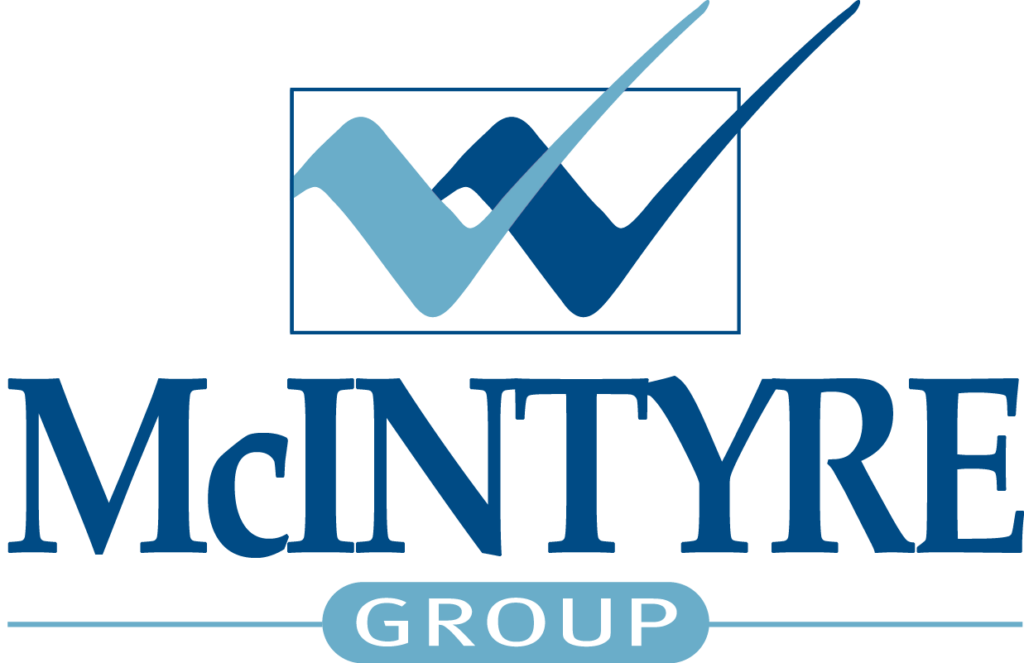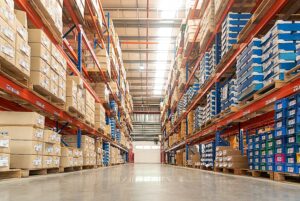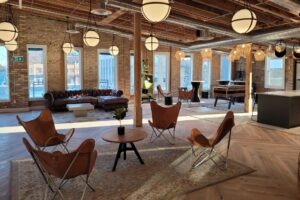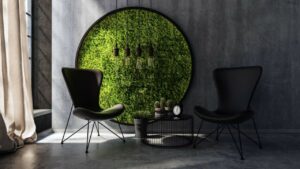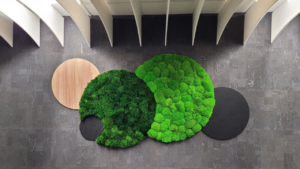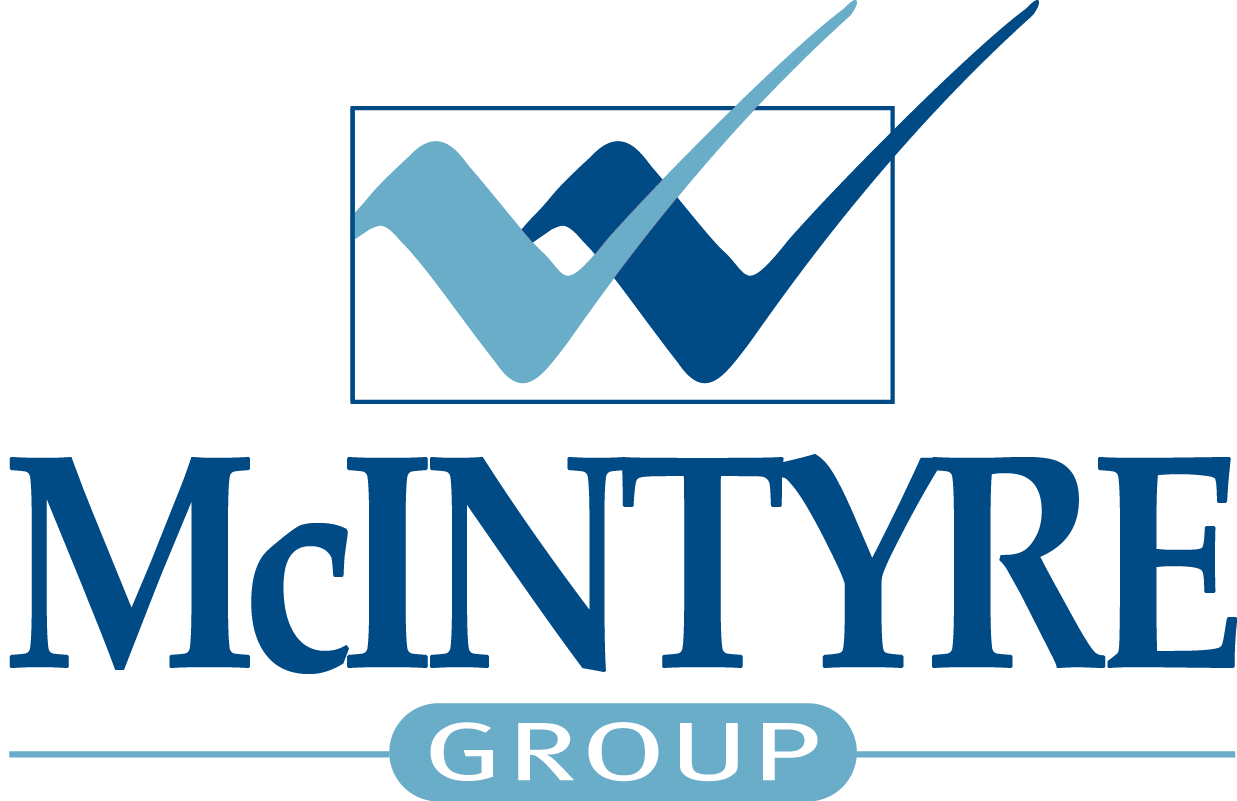Well – that question is asked more often than not. Here we discuss how to effectively quote an acoustic installation. When we receive an RFQ or an RFP we generally quote these back to a General Contractor. What is involved in pricing out an installation is sometimes overlooked, or the install budget was too low to begin with.
It’s the PROfessional VS POORfessional mentality and you get what you pay for. Through trial and error let’s discuss a working formula for most ceiling and wall applied acoustic features. Acoustic’s and Moss can be combined with this formula.
IE: Let’s say there are 10, 4’ x 8’ wall applied sheets to quote. What are Best Price Practices to win these projects:
1. Will the product be shipped to site? Are there pick-ups and deliveries to be quoted on top of install?
2. How many outlets/electrical boxes or switches have to be cut on site?
3. What is the height of the ceiling? Is scaffold or a scissor lift required? Ladders?
4. Where do the wall panels begin – always ask about centre points or starting from right to left and vice versa. What height is the baseboard?
5. Does this install take place in Regular Business Hours (RBH) or after hours – that affects not only the delivery but premium pricing as well.
6. What substructure is the ceiling application being applied to? Wood is always quickest but dealing with corrugated steel or concrete makes the install slower.
7. What substructure are the wall panels being applied to? Cynder block walls always needs construction adhesive, but drywall may only take acoustic adhesive (2 way tape)
8. Are there obstacles in the way (Sprinklers/HVAC/Cameras/Thermostats /TV Mounts/etc)
9. Is there a reveal around the panels if the walls are squared up – it’s very hard to scribe an acoustic panel affectively and make it aesthetically pleasing.
There are other factors once the install price has been sorted that need to be addressed:
1. Travel expenses: travel time to and from site for manpower – are there tolls/parking etc.
2. Logistics: delivering to site in Regular or After-hours costs – any garbage and removal costs – disposal fees.
3. Supplies: do we have to supply additional hardware or adhesive – box extenders etc.
4. Site Verification Charges: most times I won’t charge if the project is large – but mid-size projects have one site visit charge to check for obstructions/site ready for install/clean etc.
5. PM Charges: If there is a large project – sometimes a PM charge is included to cover the cost to run everything effectively and smoothly – cover multiple site visits.
If acoustics sheets wall applied are 4’ x 8’ – you can effectively send in a 2-man crew for this. Once the sheets are larger like a 4’ x 9’ – it’s always best to have that 3rd crew member balance the sheet. Once these sheets are installed it is very difficult to remove without damage. That cost for damage is the responsibility of the installation company. The cost of training a Fit ‘n Finish crew is at the expense of the install company – but once you have mastered this you can charge that Premium or Specialty rate.
In Conclusion – The FAQ about why the rate is higher than expected should be explained better now. The A.I by McIntyre (Acoustic Influencer) provides a PROfessional graded install and stands behind their workmanship. Quality and Integrity should never be sacrificed for a lower quote or bid.
